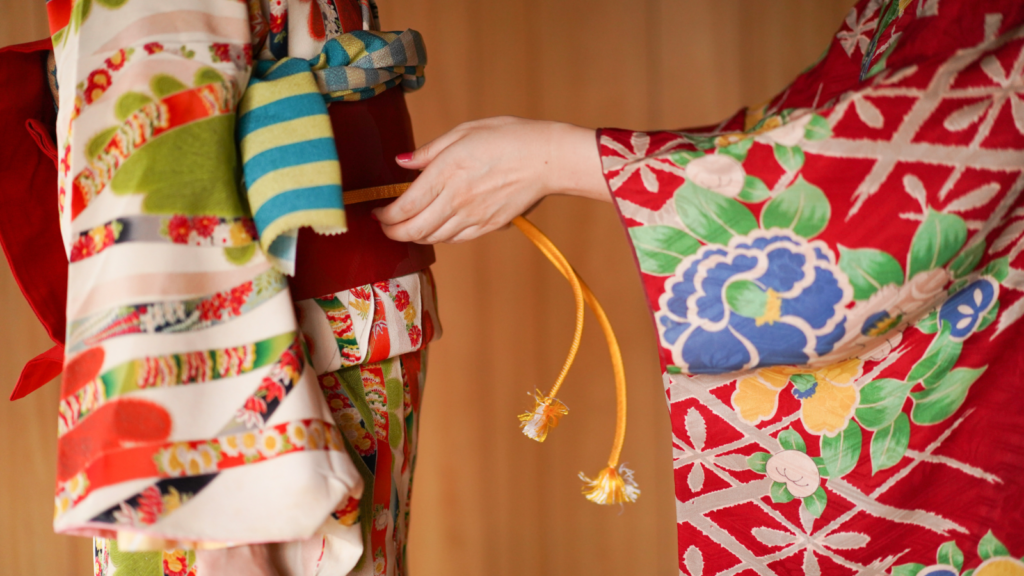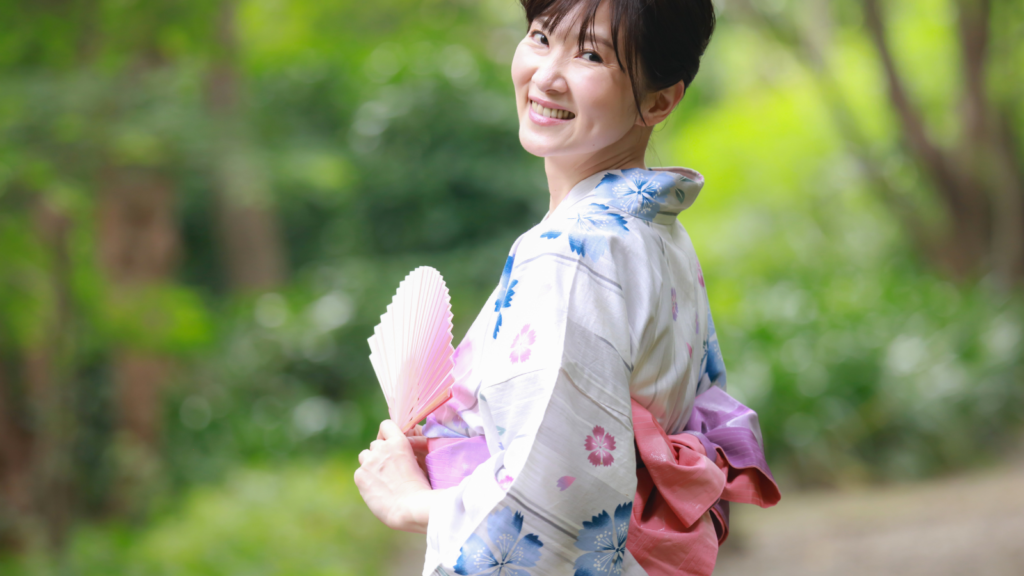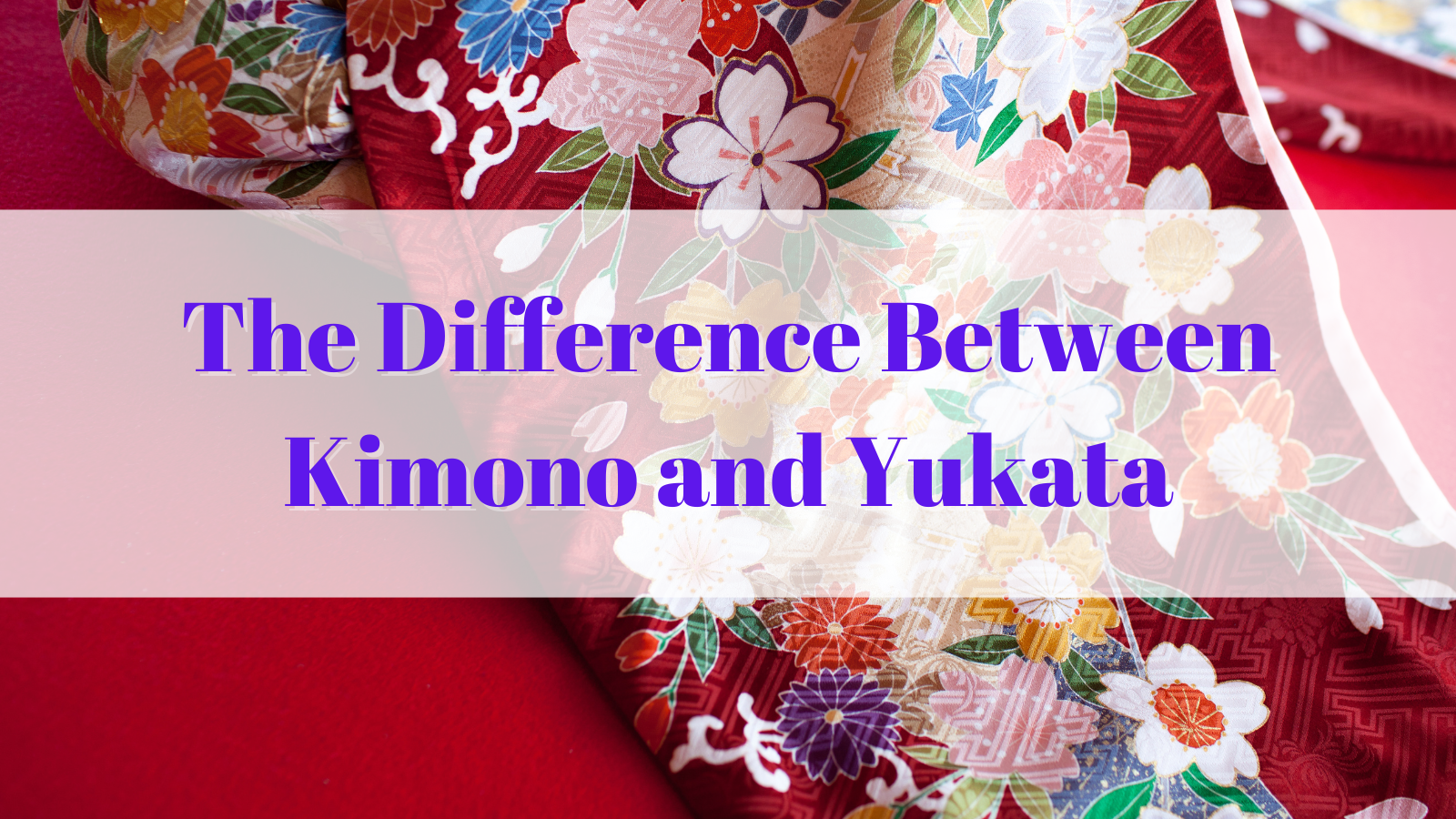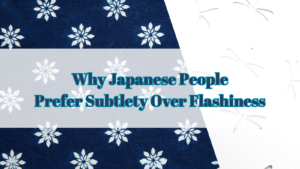Did you know that there are many types of ‘kimono’, depending on the occasion?
It is said that there are about 13 representative types of kimono, ranging from formal wear to those worn as everyday clothing.
At the Japan Expo in December 2024, we plan to exhibit amigurumi (crochet dolls) in traditional Japanese attire.
We are preparing two types of amigurumi: one wearing a type of kimono worn for everyday purposes and another in a “yukata” for cool summer wear. Both kimono and yukata are deeply rooted in Japanese culture and are beautiful, but there are significant differences in their uses, designs, and the occasions they are worn for. Let’s compare these differences and consider the charm of each.

What is a Kimono?
A kimono is a traditional Japanese garment that has been worn for centuries. The word “kimono” literally means “thing to wear” and was the standard dress in Japan until the early 20th century. Kimono are often worn for formal events such as weddings, tea ceremonies, and festivals. They are also worn by geisha and maiko as part of their profession. Due to their intricate designs and the need for precise dressing, kimono are generally considered formal and are typically reserved for special occasions.

What is a Yukata?
A yukata is a lighter, more casual version of the kimono. The word “yukata” means “bathing cloth” and was originally worn as a bathrobe in Japanese hot springs and public baths. However, over time, yukata evolved into summer attire worn at festivals and casual events. Yukata are commonly worn to summer festivals and fireworks displays. They are also popular as room wear in ryokan (traditional Japanese inns) and as after-bath wear. Due to their simplicity, yukata are easy to wear and are known as the first traditional garment that young Japanese people learn to put on by themselves.

Summary
Kimono have a long history, and the more you research, the more detailed rules you find. However, for the amigurumi I’m creating, I want people to feel and enjoy “Wa” (Japanese spirit or essence) more casually! So, I’ve decided to set only two rules:
① Kimono have a double collar, while yukata have a single collar.
② Kimono have a lining, while yukata do not.
I would be happy if you could distinguish between kimono and yukata by focusing on these two points. “Both boys and girls will be dressed up beautifully, so stay tuned!”









